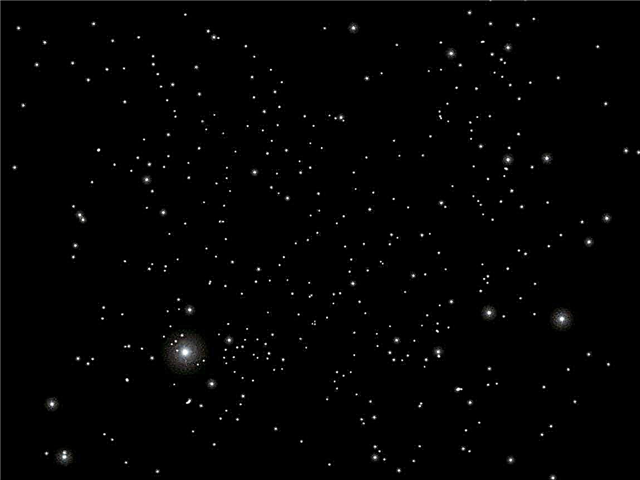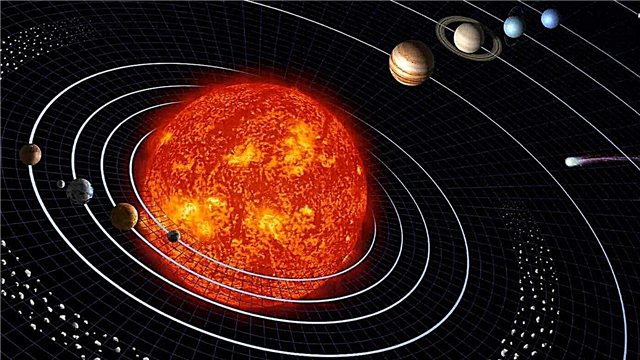
A joint Russian-German observatory observed the activity of a supermassive black hole near the star Sagittarius A *. The research results were shocking: a black hole exhibits extraordinary activity unusual for such massive objects.
Recent studies have shown that the star Sagittarius A *, located in the center of the Milky Way at a distance of about 25 thousand light years from Earth, suddenly increased brightness. Scientists from around the world have paid attention to this.
The Russian-German telescope "Spectrum-RG" received these stars. The results confirm an excessively increased brightness of the subject. As a result of the flare, the brightness of the star suddenly increased by 75 times, which was not previously observed with any space object. What it is connected with - scientists can not yet say.
Research conducted in May this year by the Keck Observatory shows that the brightness of a neighboring black hole has increased significantly in the infrared range. After that, she became a little duller. Perhaps this phenomenon is due to the fact that the object G2 back in 2014 approached a black hole at a distance of 36 light years. This turned out to be sufficient for a cloud of stellar gas to fall on a black hole.
Another reason for the unusually bright flash of a black hole near the Sagittarius A * star is due to the strange behavior of the star S0–2.She wraps around her in an ellipse-like orbit and in 2018 approached her at a distance of 17 light-years. Due to the fact that the star Sagittarius A * is located almost nearby, the path of the entry of stellar gas to the surface of a black hole has inexplicably changed. Perhaps there was more gas and the brightness of Sagittarius A * began to change over a wider range.
These processes indirectly contributed to an increase in the brightness of a closely spaced black hole, which was recorded by the telescope. The increase in brightness of such celestial bodies is very different from the theory generally accepted in astronomy.
Spektr-RG was launched on July 13 of this year. It is assumed that he will send data until 2025. During this time, it may be possible to draw up a map of the Cosmos, where all known clusters of galaxies will be plotted. The information obtained will be useful for unraveling the secrets of the birth of galaxies and, possibly, the universe.












